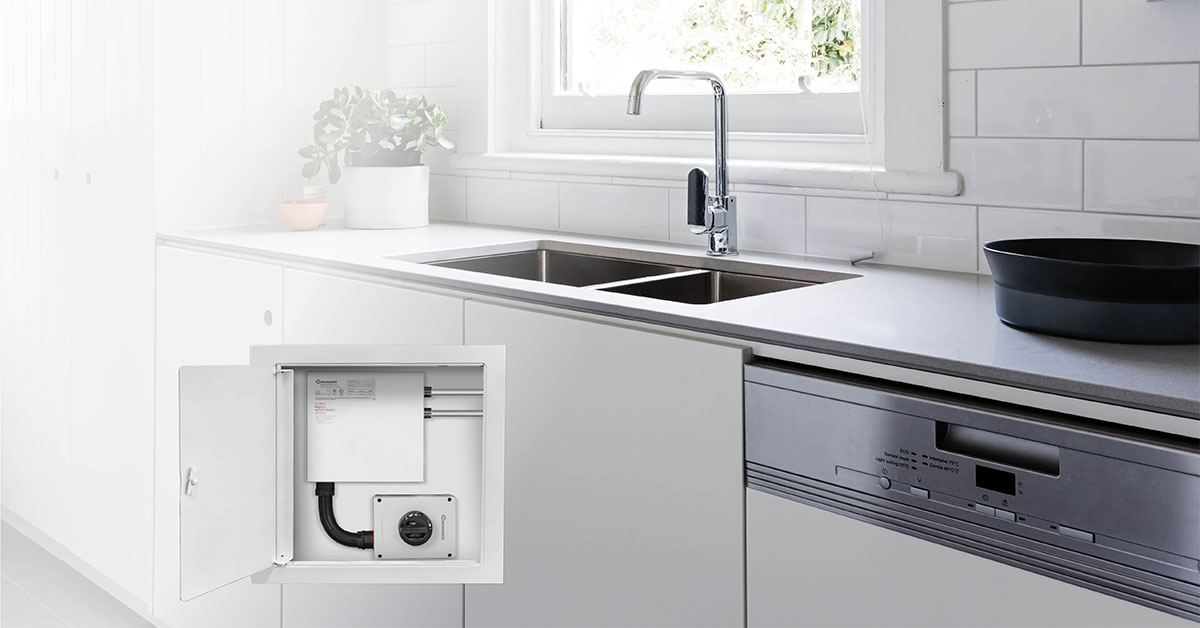
Older homes, apartment buildings, and office complexes often feature unique architectural details, granting a certain amount of character and charm not found in modern construction.
But those 19th and 20th century structures can come with a trade-off—and buyers should be aware of the possible plumbing challenges they’ll encounter. We’ve highlighted here the four most common plumbing problems we’ve seen in older buildings and offer some solutions.
Issues with Piping Materials
Polybutylene, galvanized steel, and lead are three of the most common materials used in buildings constructed prior to 1990. First, let’s consider lead pipes. Lead is a chemical element with the symbol Pb, from its Latin origin plumbum.
The dangers of lead were generally understood by the end of World War II, its use tapering off until, by the 1950s, it had become relatively rare. It wasn’t until 1986, however, that Congress banned lead pipes altogether, though existing installations were allowed to remain.
Per APM Reports, an estimated 15 to 22 million Americans still cook with and drink tap water entering their homes through lead pipes.
Polybutylene, our second material, is a type of plastic resin which was popular from the mid ’70s through ’90s due to its low cost and ease of installation. The problem? Polybutylene and chlorine—which is added to municipal water as a sanitizing agent—undergo a chemical reaction when exposed to one another, causing the pipes to become brittle over time and ultimately fail.
Finally, structurers older than 50–60 years may have galvanized steel, brass, or cast iron pipes. They can last for 100 years or more and are pretty much free of harmful chemicals—but they’re not infallible. Such pipes should still be inspected yearly for the corrosion leaks which inevitably occur over time.
Solution:
Have a trained professional thoroughly inspect your plumbing system. Any lead pipes on the property should be replaced for health and safety reasons. Polybutylene pipes should be replaced to avoid costly issues down the road. And all pipes should be inspected regularly for corrosion.
Frequent Clogs and Leaks in Piping
Older pipes can become clogged more frequently under normal use. Some can’t even handle double-ply toilet tissue! Weak water pressure is a common issue, resulting in less efficient water delivery and waste removal.
Old water lines are the banes of every municipal sewer department’s existence. Such lines—particularly the sewer laterals going from your home to the street—can be broken and crushed as the root systems of nearby trees expand. This causes groundwater infiltration of the sewer system and wastewater contamination of the ground. Property owners are typically responsible for repairing these laterals, which can cost thousands of dollars.
Even older plumbing fixtures, as elegant as they may be, will corrode over time and stop working properly.
Solution:
Re-piping costs should be considered when determining a fixer-upper’s budget. Homeowner’s insurance typically doesn’t include lateral replacement, but water/sewer departments often offer such coverage for a few additional dollars added right to the monthly bill.
Water Heater Headaches
Dealing with older water heaters can be a challenge in and of itself. They’re often less efficient, consuming more energy and costing more to operate, especially if they haven’t been properly maintained.
In addition, today’s standard tank heaters are larger, so when an older model water heater gives out, finding a replacement that fits the space can be difficult.

Read Also
How to Choose the Right Water Heater
Then there’s the issue of multi-residential, commercial, or institutional applications—multiple water heaters, likely from different manufacturers and of varying ages. Without accurate records and well-labeled parts, even simple repairs could become a nightmare. And those older water heaters, when shared across a whole apartment building, may simply be unable to keep up during prime usage time—when everyone is getting ready for work or preparing to go out for the night.
An analysis by Sequoia Insurance determined that, depending on its location, a failed water heater in a commercial property could cause damage amounting to half a million dollars or more.
Solution:
Because of this potential for failure and damage, many people are choosing to convert to tankless water heaters, also known as point-of-use water heaters. They come with a variety of options and can be used virtually anywhere hot water is needed, from homes, apartment buildings, and hotels to schools, hospitals, and offices.
Tankless water heaters provide numerous benefits, including their compact size and greater efficiency. Standard tank heaters, being installed in a central location, must supply hot water from a distance—the longer the pipe run, the more water used, the more energy consumed to heat it, and the more time spent waiting for it.
By contrast, tankless water heaters are installed at the fixture and only consume energy when in use, meaning no standby heat loss. Hot water is delivered instantaneously, providing significant water and energy savings and lowering utility costs.
Shoddy Workmanship
Old houses and buildings come with many unknowns. There’s no way to be sure if work has been done on the plumbing system at all—and if so, how much and by whom. Was it performed by a licensed plumber or was it a DIY job?
Owners of older buildings often uncover a patchwork of repairs that have occurred over decades, and it’s highly possible that something has been “fixed” in the wrong way. Someone’s well-intentioned quick fix could ultimately be the cause of extensive and costly repair work when everything has to be brought up to code.
For these reasons, plumbers are generally unable to provide estimates until they’ve opened up a wall and seen the situation themselves. The level of damage is too unpredictable. It’s not at all unusual for a seemingly simple job, like replacing a leaky faucet, to lead to thousands of dollars of work behind the wall and under the floors.
Solution:
If you don’t want to replace all your older pipes, fixtures, and water heaters, you should schedule annual maintenance and inspections by a licensed plumber or plumbing engineer.
Wrapping Up
Chronomite electric tankless water heaters are 99% energy-efficient, low-maintenance, and supply unlimited hot water at the point of use in just two seconds. Use the Product Finder to choose the right Chronomite heater to meet your needs, and don’t hesitate to contact us if you have any questions!
